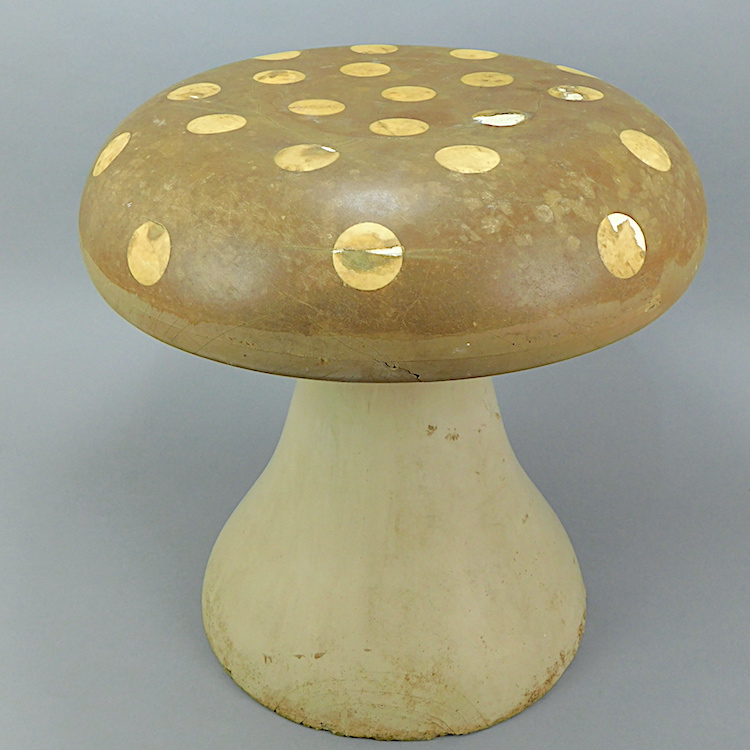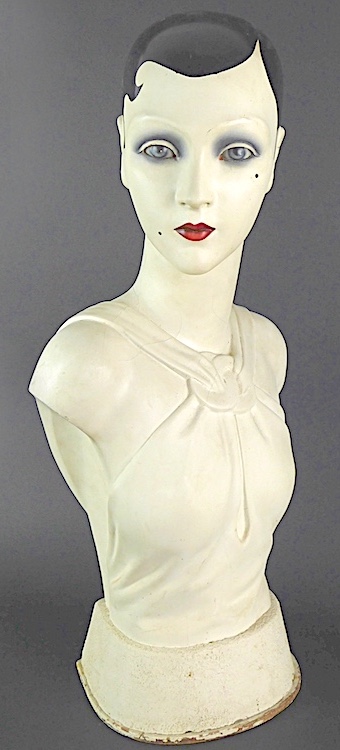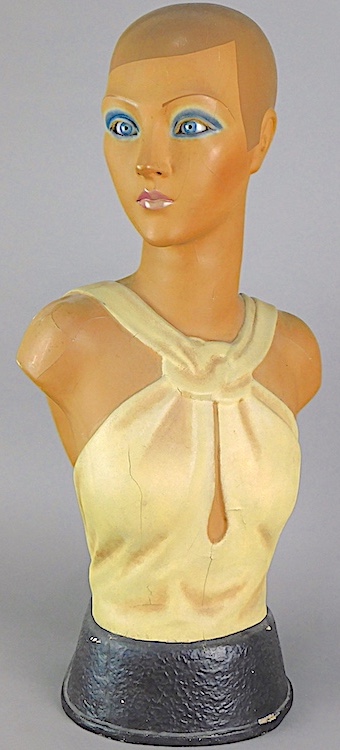Biba: The Most Beautiful Store in the World
The swinging sixties was a British cultural revolution and London was the hub. The Biba store was the perfect shop for the time and place. Opening its doors in 1964 in Abingdon Road, Kensington, the fashion designer Barbara Hulanicki first set up the Biba store as a mail order boutique. Hulanicki wanted to create fashion which was affordable to people in the street. In 1966 with the new fashions of the swinging sixties being in high demand Biba had outgrown its Abingdon Road store so the shop moved to Kensington Church Street. The store also did mail order from catalogues sent out to customers. In September 1969 having once again outgrown the store Biba was on the move to Kensington High Street.
Not only did Biba design fashion items but developed a lifestyle: The store was totally decadent and like a Busby Berkely film set. There were 15 different departments. Ladies clothing, mens, children’s, household, shoes, bookshop, Food hall etc. Selling items of food in Biba cans with deco ladies on them.
In 1970 the Biba cosmetics range were launched and sold worldwide in stores like Au Printemps Paris, Fiorucci Milan, and Bloomingdales in the USA. Once again Biba outgrew the Kensington store and moved into the famous art deco Derry and Toms building further up the road on Kensington High Street. The store was described as the most exotic store in London. In just a short period of time it went from being a small corner shop into a fully fledged department store. Her husband Stephen “Fritz“-Simon played a significant role in the early success of Biba, taking on the business side and helping it grow significantly into what it would be. The store even had a restaurant roof garden complete with real live pink flamingoes. The superstore big Biba was born.
Celebrities including the Rolling Stones, Twiggy, The Beatles and Cilla Black would visit regularly and Biba was definitely “the place to be”. Yoko Ono attended one day and asked to borrow a dress on “appro” (or approval – to be borrowed and returned later) but later that night on the 6 o’clock news Hulanicki saw Ono perform her art exhibition “cut pieces” where sitting on stage in the loaned Biba dress she took earlier that day, she took scissors to it, absolutely destroying the dress.
Before fame, another individual who would go on to be one of the worlds most famous rock musicians would go to the Biba store: Freddie Mercury. The Biba store was recreated for a scene in the the Queen biopic Bohemian Rhapsody. Mary Austin, an early girlfriend and life long friend of Freddie Mercury had worked at the store and may have had a hand in clothing Freddie during his early Queen days.
Hulanicki was voted one of 6 most influential British people most representative of the 1960’s. During its heyday over 100,000 people would visit the store weekly and it was reported that the turnover per square foot was the highest on earth. So popular was the store that they were having nightly deliveries of stock that would sell out the following day. A part of the Biba experience was the relaxed setting, not wanting to push a product on a potential customer, it was said that any assistant asking “can I help you?” were fired immediately.

The Biba store sold mainly new items but also some original French art deco antiques such as table lamps and statues which she purchased on trips to French markets. Although she was passionate about art deco she felt that British people didn’t really understand art deco so (not so subtly) introduced it to her store.
Everything ex Biba is now highly collectible – even the dog food cans. Hulanicki let her imagination run riot. The children’s department had children’s tables and chairs made as mushrooms. We were lucky enough to own one of the mushrooms for a brief time. Ours is shown here (right), obviously highly faded from the bright red stool as shown in the picture taken from the Biba book. The dog food can holders shelves were giant dogs. Cashier counters had peach glass mirror flex finishes and tiles, the carpets and soft furnishings were in deco designs of silk and leopard prints.
The store finally sadly closed down in September 1975 after time spent battling with the major share holders – Dorothy Perkins and British Land who wanted to change the look of Biba and make it more commercial. This was not helped by the financial climate at this time. Hulanicki was not prepared to lower her standards or her style and so this was the end of the fairy tale that was Biba.
I have had many Biba items over the years and some are still available on my website, although they are proving more and more difficult to find.



I recently sold two Biba mannequins and still have the original French 1920s mannequin that the shop display ones were moulded from. I also have jars, scent bottles, make up, chairs and other items but this changes as I sell them.
There are several books written on Biba and in my opinion Hulanicki was a genius. Its a shame all this was lost due to commercial greed but the Biba logo lives on.
Multiple relaunches of Biba have been attempted over the years, in 1977, 2006 and 2009, none of which have involved Hulanicki. The latest of the relaunches has been with House of Frasier and is still going today. Despite early criticisms from Hulanicki that the prices were too expensive and the new designs were failing to reflect the original Biba style Hulanicki has been involved as a Biba brand consultant for House of Frasier since of 2014.
Next Blog: The Iconic Zandra Rhodes
Back to all blogs